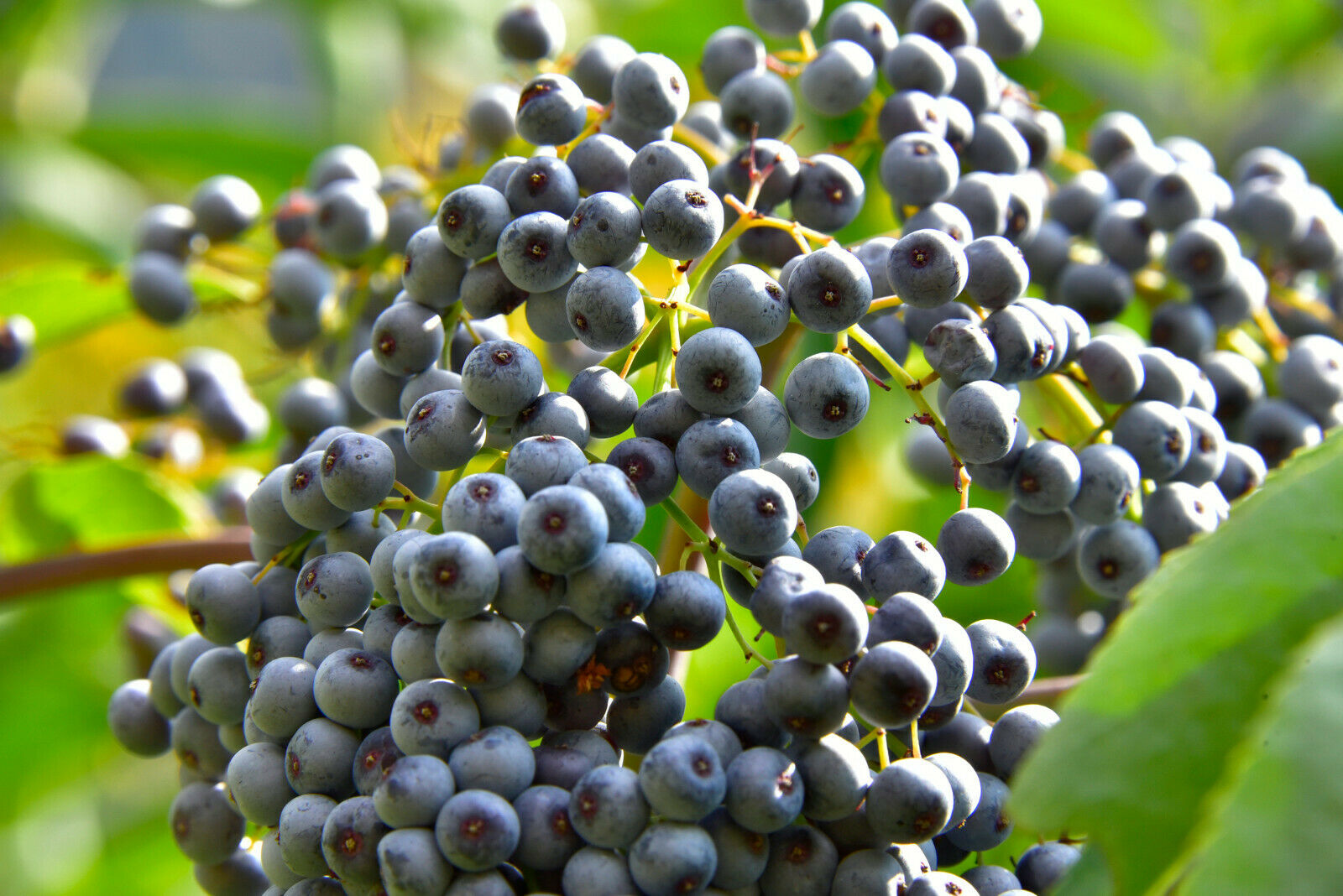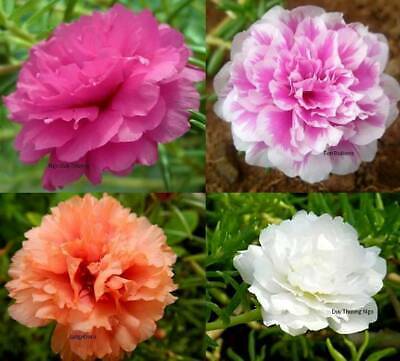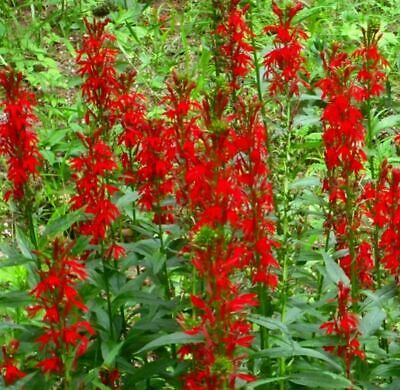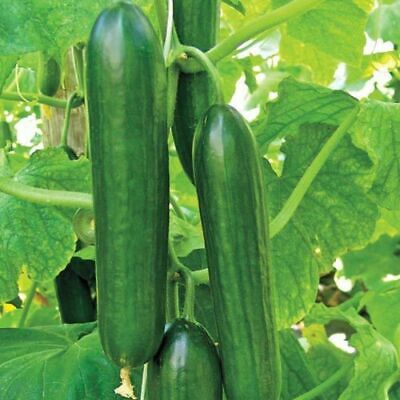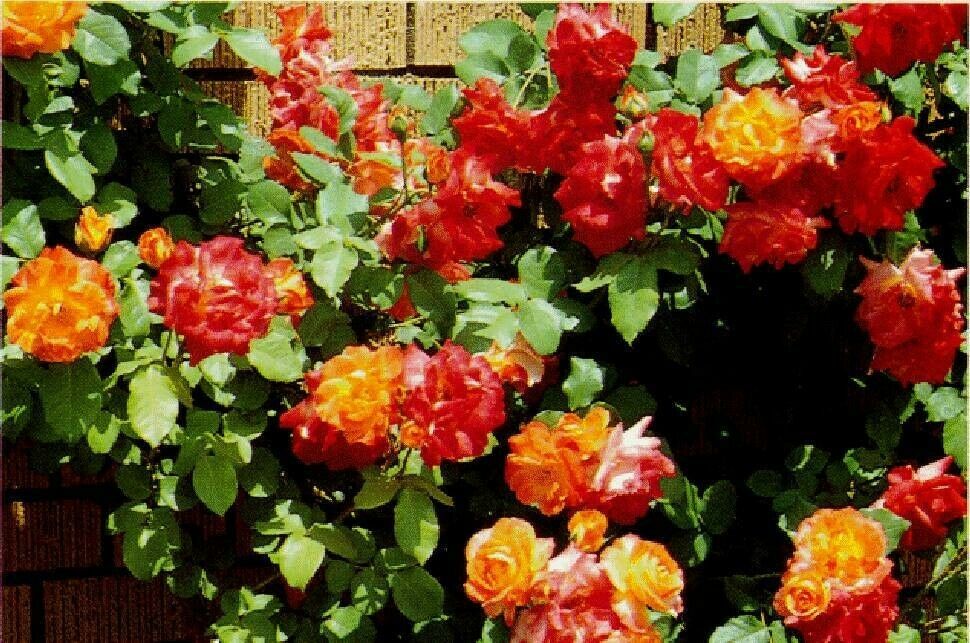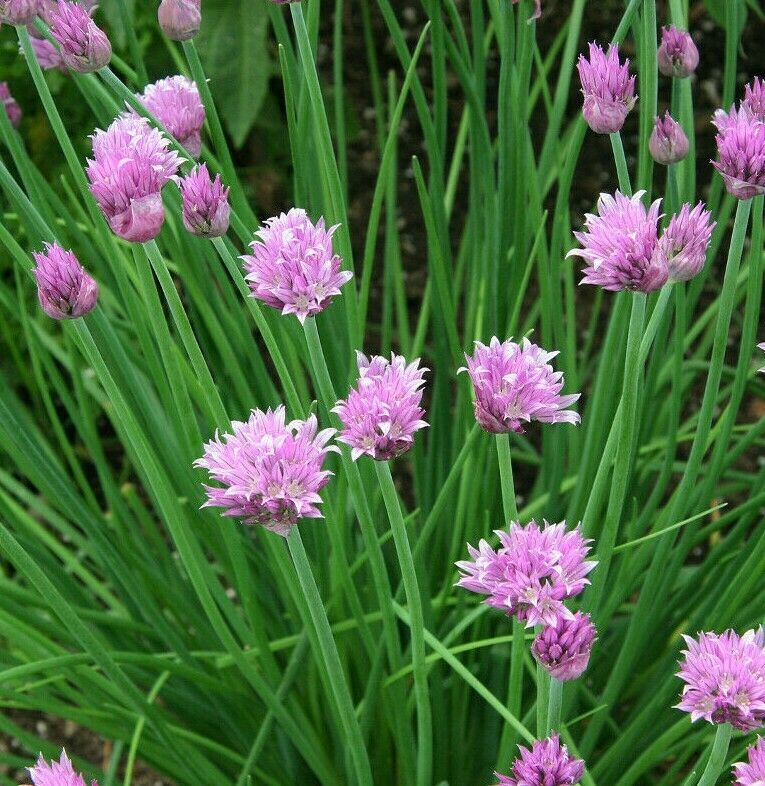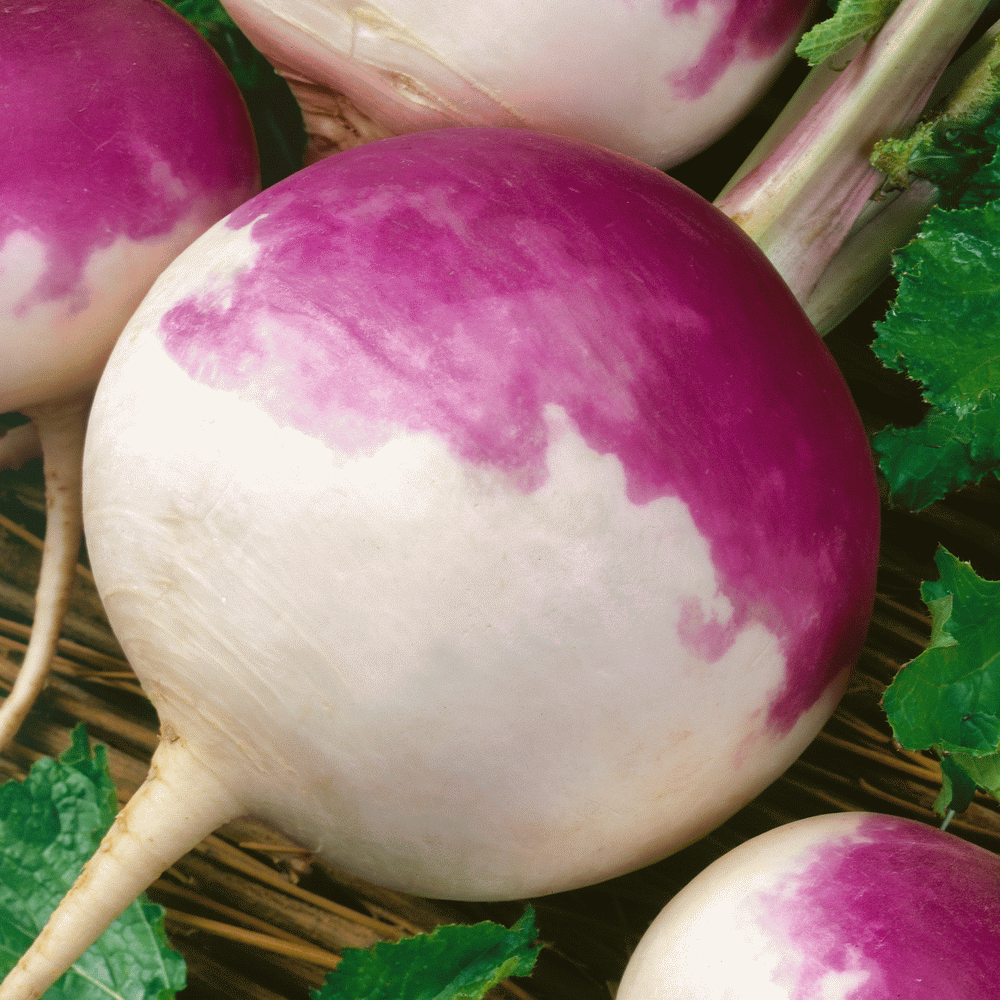-40%
150 Blue Elderberry Seeds (Sambucus Caerulea)
$ 1.57
- Description
- Size Guide
Description
150 Blue Elderberry Seeds (Sambucus Caerulea)Grow Zones: 4,5,6,7,8,9,10
Sambucus Caerulea (Blue Elderberry) is from the Caprifoliaceae, Honeysuckle family and it is a great shrub for your garden. Unlike black elderberry, it doesn't need to grow right next to a natural water source. Likewise, it's suitable for many growing environments. The blue berries and white flowers of the tree are edible and highly medicinal. Berries are used to make wine, jam, syrup and pies. Flowers are battered to make tempura or steeped into a tea.
Medicinally, elderberries are used in cough syrups and they contain a high amount of vitamin C content and the alkaloids sambucine and hydrocianic acid. While they can be eaten fresh off of this variety, it is suggested to cook all elderberries and its absolutely necessary to cook the berries from black elderberry trees. The flowers of blue elderberry are medicinally valuable as well due to their rutin content and other flavenoids that improve immune functions.
Germination instructions: Sambucus Caerulea seeds can be either sown in the fall or be scarified and stratified (see below) and sown in the spring. Plant seeds no more than 1/4 an inch into the soil, ensuring they are close to the soil surface. Keep seeds and soil moist. Seedlings form the next spring.
Scarification and Stratification: If not planting in fall, scarify the seeds by placing them in hot water for a day then warm stratify by planting the seeds over top moist soil kept at 70-85 degrees for 2 months. Next, cold stratify for 3 months in temperatures around 40-50 degrees. After this, move the seeds into a warm spot.
Enjoy next day handling time and shipping via USPS first class.
